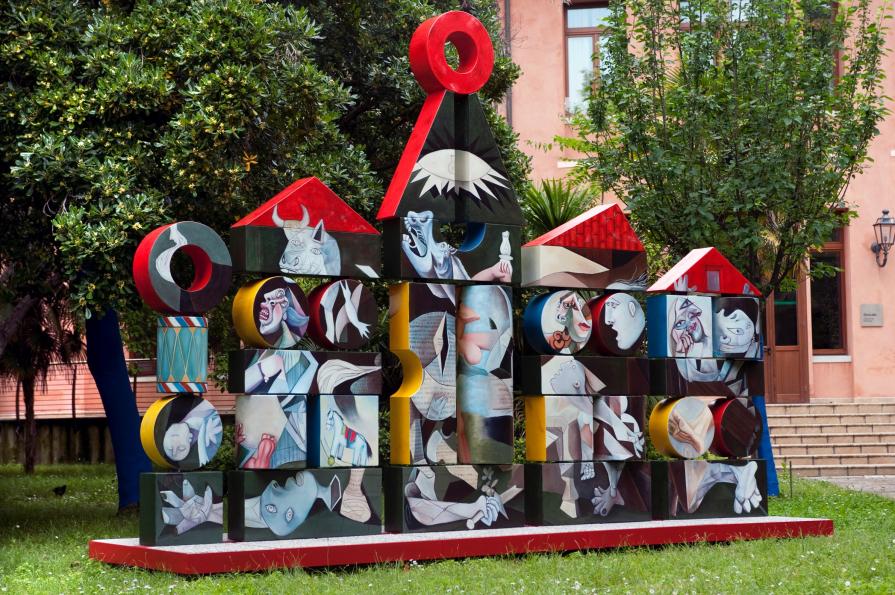
Deposizione
The work - an "unstable" blend of painting and sculpture in which prisms of polyurethane covered with fiberglass, variously painted on the recto and verso, can rotate on their axis thanks to a steel frame – is a very personal reinterpretation of Picasso's Guernica, a paradigmatic picture of the absurdity of all armed conflicts, belonging to that small visual legacy that is universally known and instantly recognizable.
The viewers are invited to turn around the "sculpture-paint" (a neologism especially created for the Ancilotto artwork by critic Duccio Trombadori), to touch it, to de-structure its fragmented image and then to reassemble it according to their own inspiration. By giving back each time images “other”, the artwork allows a continuously new narrative.
Prompted by the meditation on the antithesis of war and peace, Deposition suggests a reconciliation of the two terms through a painting at the same time strongly emotional and playful, in which the tragedy blooms into hope. The dramatic characters of Guernica – thanks to the active and dialogical action of the viewer - become irenic, faun feminine representations, borrowed from the vast and multifaceted world of
Picasso's painting, whose work is a happy compendium: the desperate mother holding her dead child has the features of La Suplicante (Mother with dead child, a painting Picasso realized the same year of Guernica). These two characters, in turn, become the lively images of the Portrait of Marie-Thérèse, (1937) and of the Young Boy with Lobster (1941), while for the representation of the runaway horse, symbol of the killing madness, a preparatory sketch of the artist was taken up.
The original colors of the picture, set on strict tones of gray and black,
dissolve into a greenish hue and here and there, in the backgrounds, they light up in tense primary colors that characterize the well-known children's game of the cubic building, devised by the German pedagogue Friedrich Fröbel.
The playful aspect of the Deposition, however, does not go at the expense of a deeper meditation, aroused by the tragic events of contemporary life: the reference to the horrors of the devastation of war aims to evoke the terrible everyday life that civilians, and especially children, are forced to face in a country at war.
The idea of art as a return to childhood carries a "social mission":
the desire to cancel, in the momentum of curiosity and amazement, all distance and preconception; in a happy synergy between learning and entertainment, viewers (regardless their age and cultural education) have the opportunity to learn through the stimulation of the senses and to understand through doing, crucial issue in a society in which virtual reality seems increasingly impose itself and almost overlay reality
experienced.









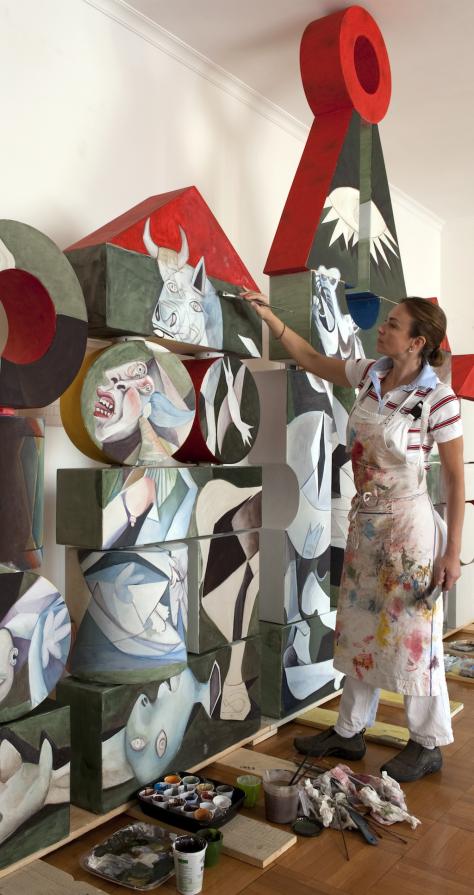
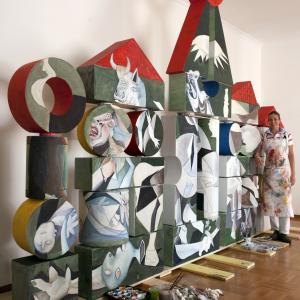





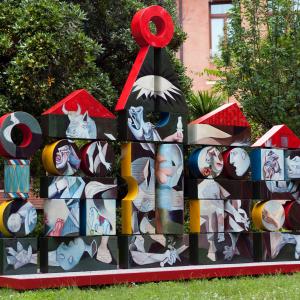
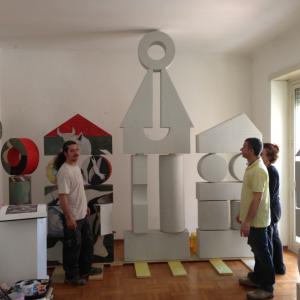
























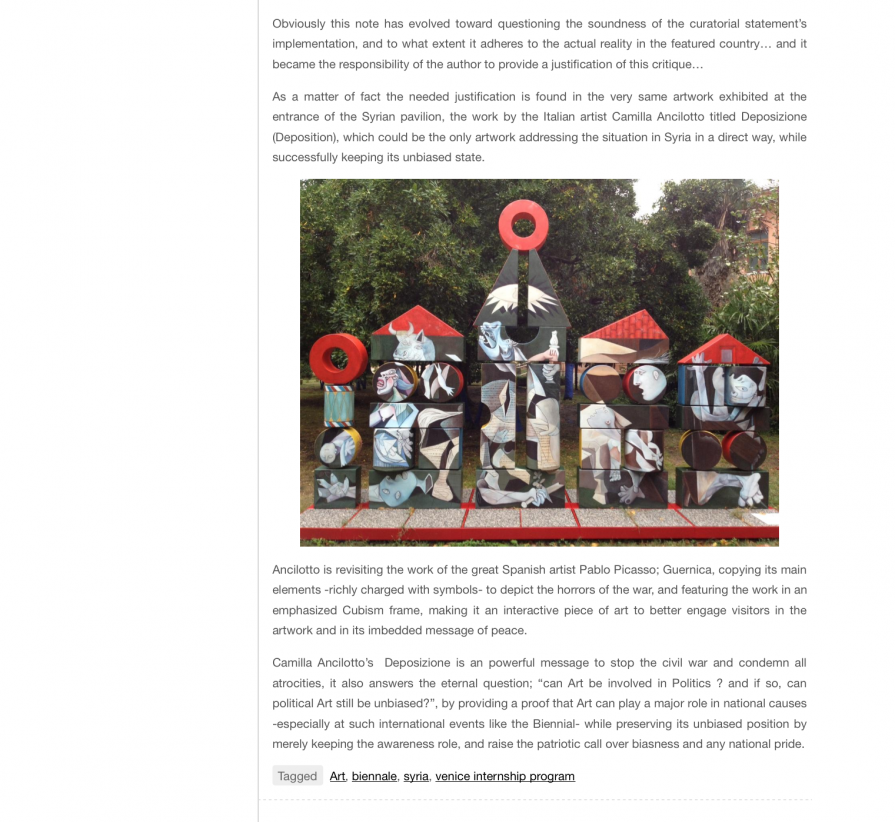



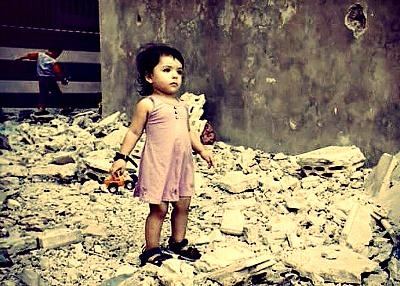






















Comments 3
http://nationalpavilionuae.org/the-syrian-guernica-a-review-of-the-syrian-pavilion-by-nidal-touma/
Acquisisce un io proprio, rendendo protagonista lo stesso spettatore in un percorso emozionale sempre nuovo.
Bravissima!!
Say something